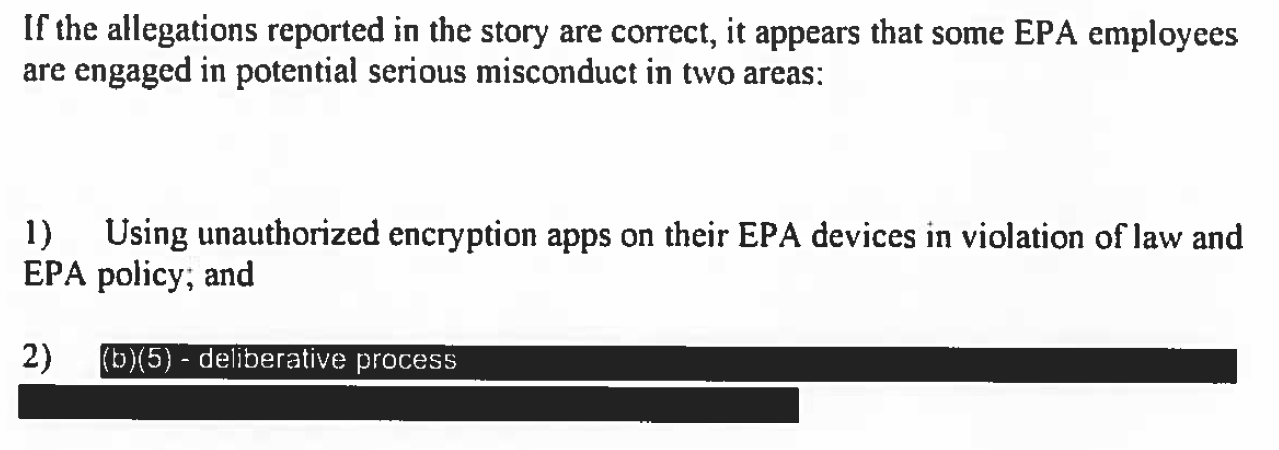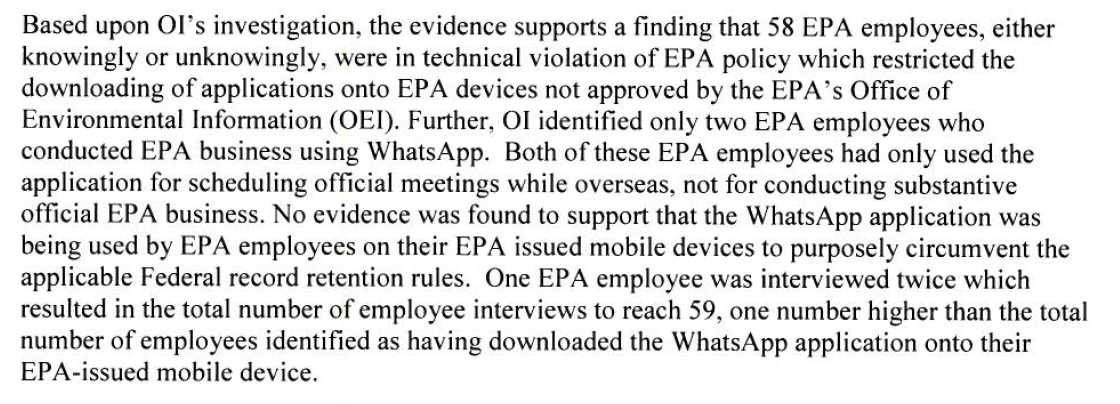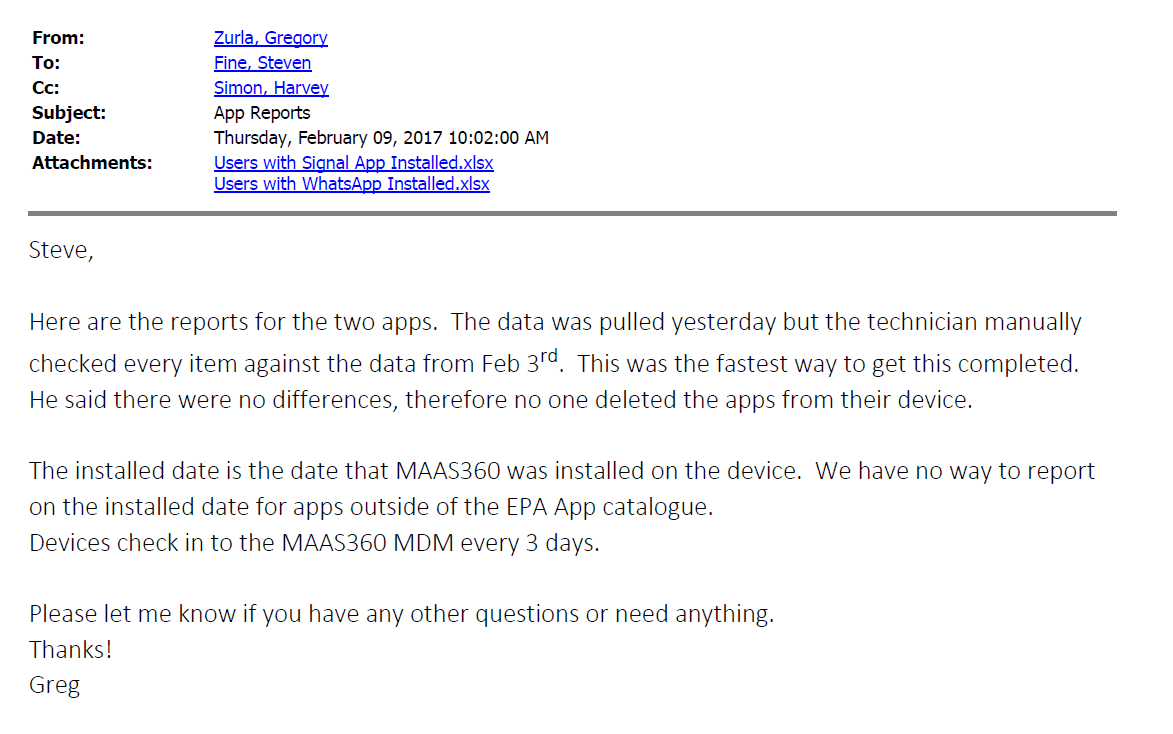Last week, the Senate finally approved the nomination of former Department of Justice attorney Michael Atkinson to be Inspector General of the Intelligence Community. We commended President Trump on his decision to name Mr. Atkinson as a watchdog back in November 2017. According to one source, part of the long delay in the confirmation process was due to Senate negotiations with the Director of National Intelligence over the firing of Dan Meyer, the Intelligence Community’s whistleblower ombudsman. Yet it is still a sad reflection of the current political climate that Mr. Atkinson’s nomination was pending for roughly six months.
As I have argued previously, one of the most troubling aspects of President Obama’s legacy was his failure to nominate permanent Inspectors General (“IGs”) at many agencies across the federal government. Without presidentially-appointed, Senate-confirmed leadership, there is always a real danger that IG offices will lack the necessary commitment to transparency and accountability in government. Indeed, Senator Ron Johnson has argued that “acting” IGs—who are typically career civil servants—risk being “not truly independent [because] they can be removed by the agency at any time; they are only temporary and do not drive office policy; and they are at greater risk of compromising their work to appease the agency or the president.”
When President Obama left office, twelve agencies lacked an IG. During his first year in office, President Trump steadily moved to remedy this dearth of leadership, but the pace of new nominations slowed at the end of last year, and much more now needs to be done. According to the Project on Government Oversight, which has been tracking IG vacancies since the Obama Administration, there are currently nine agencies without a permanent watchdog, six of which must be appointed by the White House. This includes vacancies at major Cabinet-level agencies, including the Department of Defense, the Department of Energy, and the Department of Housing and Urban Development. The Department of the Interior, sadly, continues to lack a permanent IG since the previous watchdog left office 3,374 days ago.
Of course, not all the blame should be placed on the inaction or slow decision-making of President Trump. Aside from Mr. Atkinson’s recent confirmation, another four presidential nominations have been pending in the Senate for an average of 236 days. When the White House has moved to fill these watchdog vacancies, the Senate should prioritize its consideration and the confirmation process. Many Executive Branch agencies have substantial budgets, and presidentially-appointed IGs provide a vital internal check on waste, fraud, and abuse.
Ryan P. Mulvey is Counsel at Cause of Action Institute.










